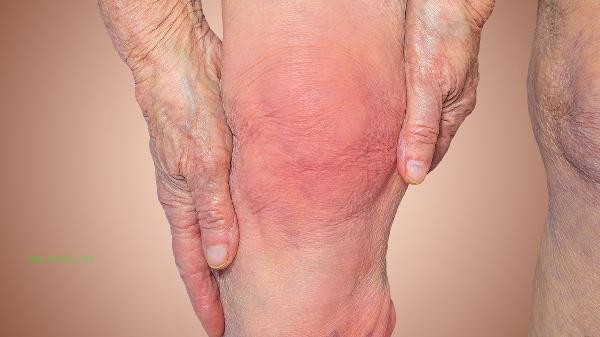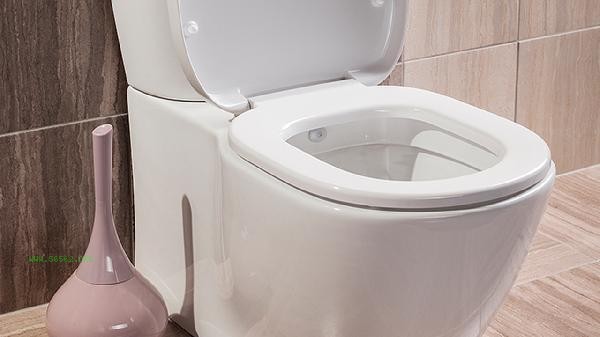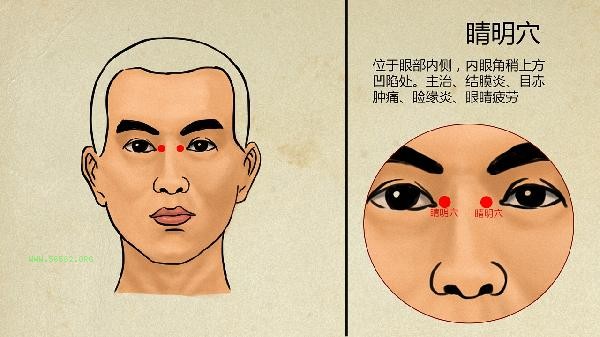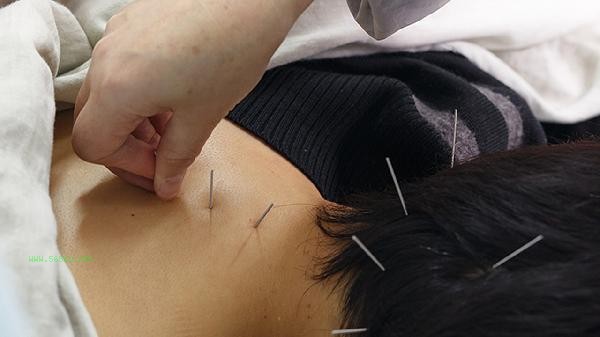A large belly can be improved through liposuction surgery, but not all situations are suitable and need to be evaluated based on specific reasons and physical conditions. The reasons for a large belly may include fat accumulation, excessive visceral fat, and relaxed abdominal muscles. Liposuction mainly targets subcutaneous fat and is ineffective for visceral fat. It is recommended to manage comprehensively through diet, exercise, and other methods under the guidance of professional doctors.
1. Reasons for a large belly
A large belly may be caused by multiple factors. Subcutaneous fat accumulation is a common cause, and long-term intake of high calorie foods and lack of exercise can lead to fat accumulation in the abdomen. Excessive visceral fat can also lead to a larger belly, as visceral fat surrounds the abdominal organs and is associated with health problems such as metabolic syndrome and cardiovascular disease. Abdominal muscle relaxation can also make the abdomen appear larger, especially for postpartum women or those who lack core training for a long time. Temporary factors such as edema and bloating may also cause abdominal distension.
2. Applicability of Liposuction Surgery
Liposuction surgery is a plastic surgery that uses negative pressure suction technology to remove subcutaneous fat, suitable for people with local fat accumulation and good skin elasticity. If a large belly is mainly caused by subcutaneous fat and is difficult to improve through diet and exercise, liposuction can be an option. But liposuction cannot remove visceral fat, nor can it solve problems such as abdominal muscle relaxation or edema. A comprehensive assessment is required before surgery, including physical condition, skin elasticity, fat distribution, etc., to ensure the safety and effectiveness of the surgery.
3. Precautions for Liposuction Surgery
Liposuction surgery is not a one-time solution, and it is still necessary to maintain a healthy lifestyle after surgery. Before surgery, it is recommended to choose a reputable medical institution and an experienced one to ensure surgical safety. Short term side effects such as swelling and bruising may occur after surgery, and care should be taken according to medical advice. Postoperative diet should be mainly low-fat and high protein, avoiding high sugar and high-fat foods. At the same time, moderate exercise such as brisk walking, swimming, etc. can help maintain the effectiveness of the surgery.
4. Other methods to improve belly size
For people who are not suitable for liposuction or wish to improve belly size through non-surgical methods, the following methods can be tried. In terms of diet, reduce the intake of refined carbohydrates and saturated fats, increase dietary fiber and high-quality protein, such as whole grains, vegetables, lean meat, etc. In terms of exercise, combining aerobic exercise with strength training such as running, skipping rope, and plank support can help burn fat and strengthen the core muscle group. Maintaining good sleep habits, avoiding staying up late and excessive stress, can also help reduce abdominal fat accumulation. A large belly can be improved through liposuction surgery, but it needs to be evaluated based on specific reasons and physical condition. Liposuction mainly targets subcutaneous fat and is ineffective for visceral fat and abdominal muscle relaxation. A comprehensive evaluation is required before surgery, and a healthy lifestyle should be maintained after surgery. For people who are not suitable for liposuction, a comprehensive approach such as diet and exercise can be taken to improve belly size. Regardless of which method is chosen, it should be carried out under the guidance of a professional doctor to ensure safety and effectiveness.








Comments (0)
Leave a Comment
No comments yet
Be the first to share your thoughts!